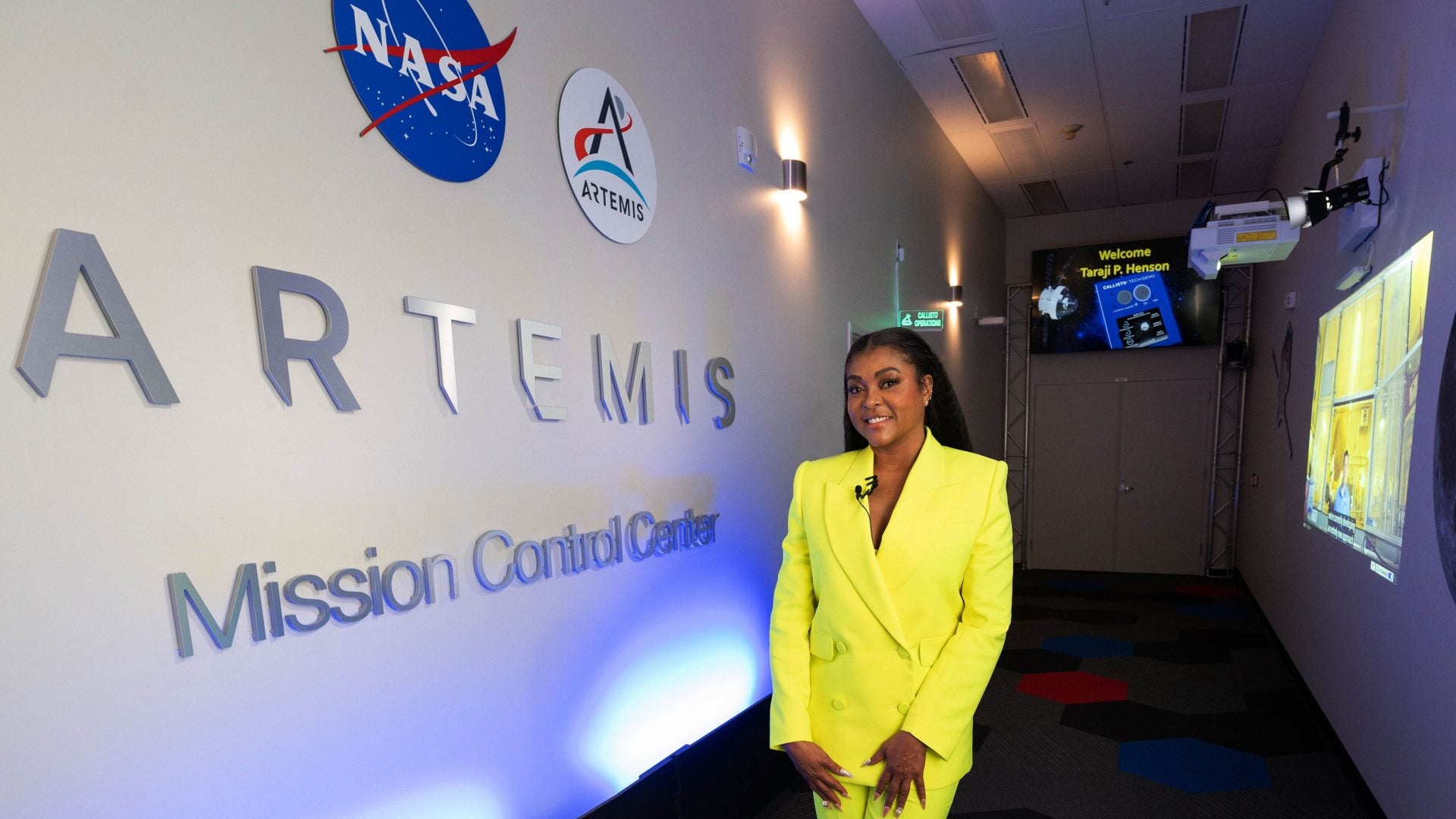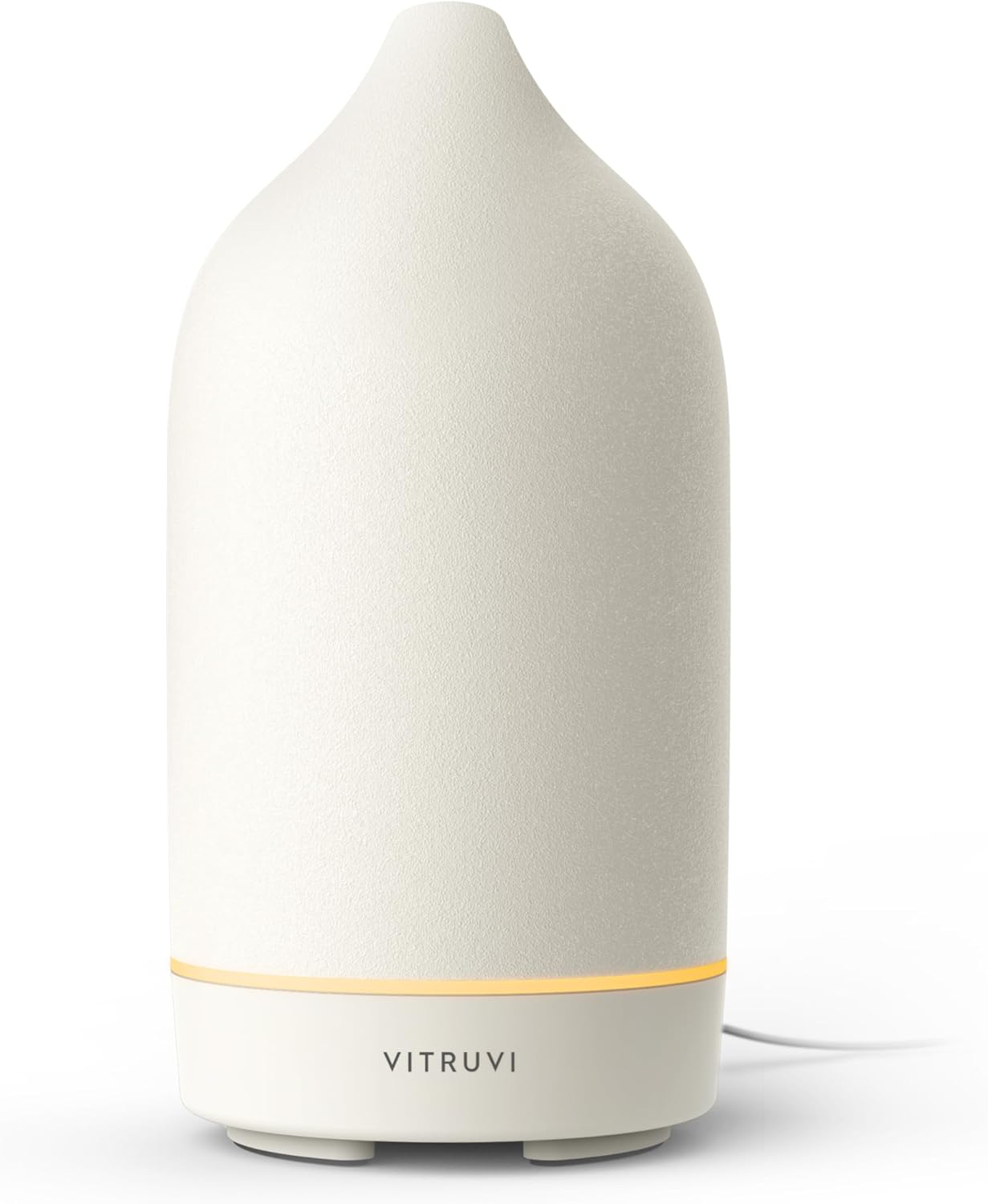
Offscreen, Henson partnered with Amazon to launch the first-ever artificial intelligence traveler into space. NASA’s Artemis I mission will not have any human space passengers, but Alexa will be onboard the Orion spacecraft as it orbits the moon. This mission looks to set a precedent in more extraordinary efforts for Alexa to assist future crews, Star Trek style, and land the first woman, and woman of color, on the moon.
Black women have played an integral role in developing the National Aeronautics and Space Administration (NASA), and it’s portrayed on the silver screen in films like Hidden Figures.
“As a child growing up, it was unspoken that math and science were for boys. I didn’t feel like I belonged. There was no representation. I didn’t see myself or anybody that looked like me. So I didn’t know it was a dream I could acquire,” Henson told ESSENCE.
In the film, actress Taraji P. Henson takes on the role of Katherine Johnson, the African-American mathematician whose calculations were continuously used to send astronauts to the moon and back safely. She was a critical piece in America’s first human suborbital spaceflight with Alan Shepard’s May 1961 Mercury Mission and also calculated the trajectory for the 1969 Apollo 11 flight mission.
The decision to play Katherine Johnson in the film was a no-brainer for Henson. She was shocked that more people hadn’t known more about the trio of trailblazing women. “I was very upset because had I known these women existed, maybe I would have dreamt of becoming an astronaut, engineer, or scientist,” said Henson.
Since the movie’s premiere in 2016, the film has brought a much-needed conversation to the forefront: having more representation for women of color in the science, technology, engineering, and math (STEM) fields. Henson emphasized its importance because STEM affects all of us and states that pushing the limits of technology will only help us to know exactly how far we can go.
“With this Artemis I mission, it’s going to further spark interest in our young minds and future astronauts and scientists because you get to feel like you’re a part of the experience,” says Henson.
The partnership between Henson and NASA came to fruition as a continuation of the ongoing conversation that started with Hidden Figures. “Our team at Amazon was inspired by Taraji’s role in the movie…we hoped partnering together would inspire the next generation of scientists, engineers, and astronauts,” said Alexa director Kelly Wenzel.
Amazon personally invited the actress to Mission Control in Houston, Texas, on November 21. Henson participated in a virtual crew session where she was able to communicate with Alexa on the Orion spacecraft by giving commands to check the gas and oxygen and learned how far the spacecraft had traveled. But of course, it wouldn’t be Taraji if she hadn’t had little fun. “I had Alexa play a rap song…and then commanded her to turn on the party lights,” said Henson.







Instead of having one Amazon Echo device onboard that powers Alexa; the AI system has been directly manufactured and embedded by Lockheed Martin onto the Orion spacecraft. In the next series of NASA missions to the moon and other space entities, Alexa will be essential in testing how artificial intelligence and voice technology can help the crews aboard.
Amazon Prime Video will be rolling out episodes for their newest series, Alexa, take me to the moon, later this month that will feature STEM teachers, science enthusiasts, and even Amazon customers. Taraji’s episode is now available on Youtube and will take viewers on a behind-the-scenes look at her visit and her virtual experience with Alexa.
Those who own an Echo, Echo Dot, or Echo Show device can now be a part of the mission and follow along by way of the virtual AI astronaut right at home. So don’t be afraid to ask, “Alexa, take me to the moon!”





